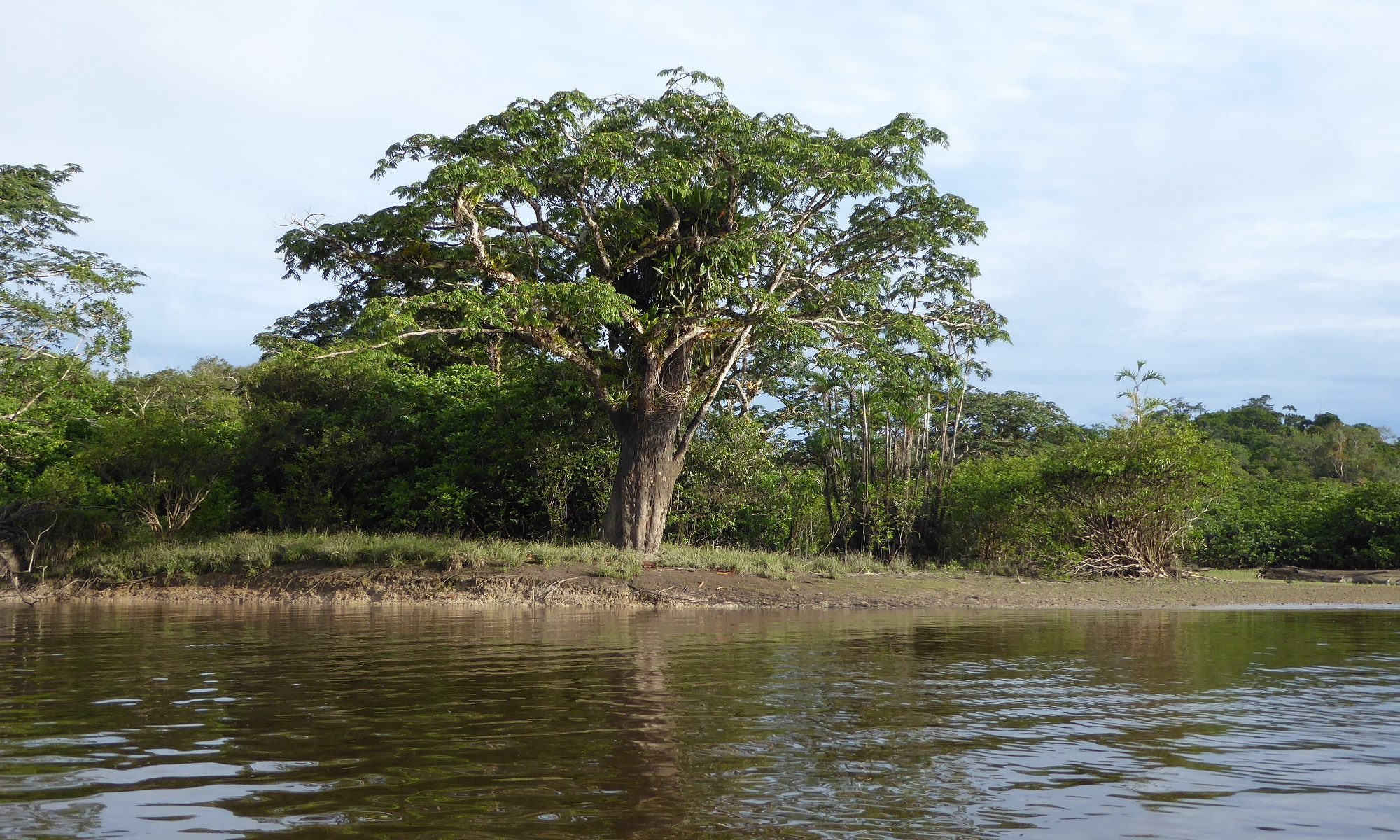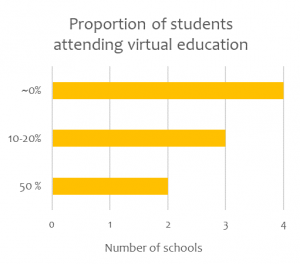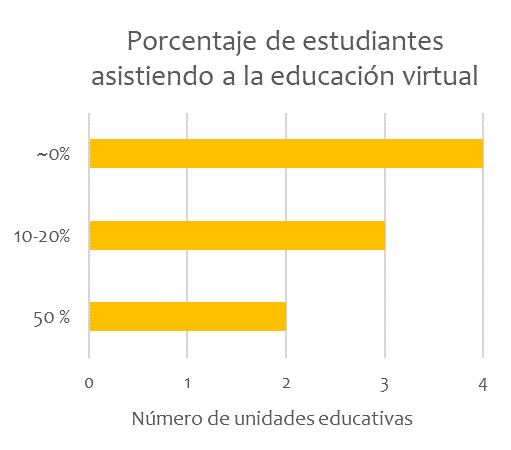Text and graphics: Nathaly Pinto
The current health emergency – Coronavirus COVID-19 – has affected particularly vulnerable populations such as the Amazonian indigenous peoples. This health emergency has deepened inequalities and adverse socioeconomic conditions, and further hindered access to higher education for Amazonian students, and suspended the enforcement of intercultural education programmes.
In the Amazon region, various structural problems have caused social and educational isolation, such as territorial remoteness, irregular connectivity, poor distribution of goods and services, and low access to computer devices and the Internet. These issues have caused serious impacts on student well-being and education, despite the great efforts of the staff of the Universidad Estatal Amazonica (Amazon State University; UEA, in Spanish).
It is therefore crucial to assess and monitor the effects of the pandemic on students’ conditions and accessibility to education, and to support the university responses to the emergency.
For this purpose, participatory research involving students and the university community, through a methodology supported by creative experiments, critical discussion, and transdisciplinary collaboration, can articulate an approach that encourages representation and involvement, while being sensitive to marginalized contexts in times of crisis. Continue reading “The pandemic and the right to inclusive education: identifying participatory design interventions against structural marginality and infrastructural weaknesses”


